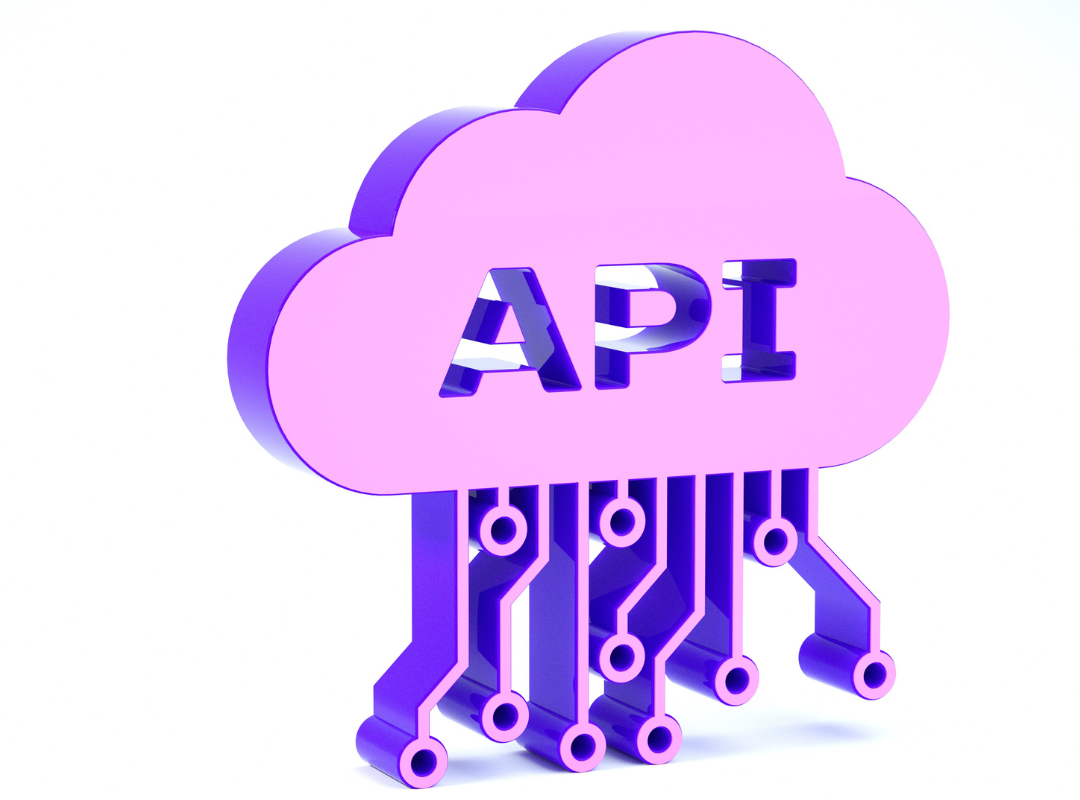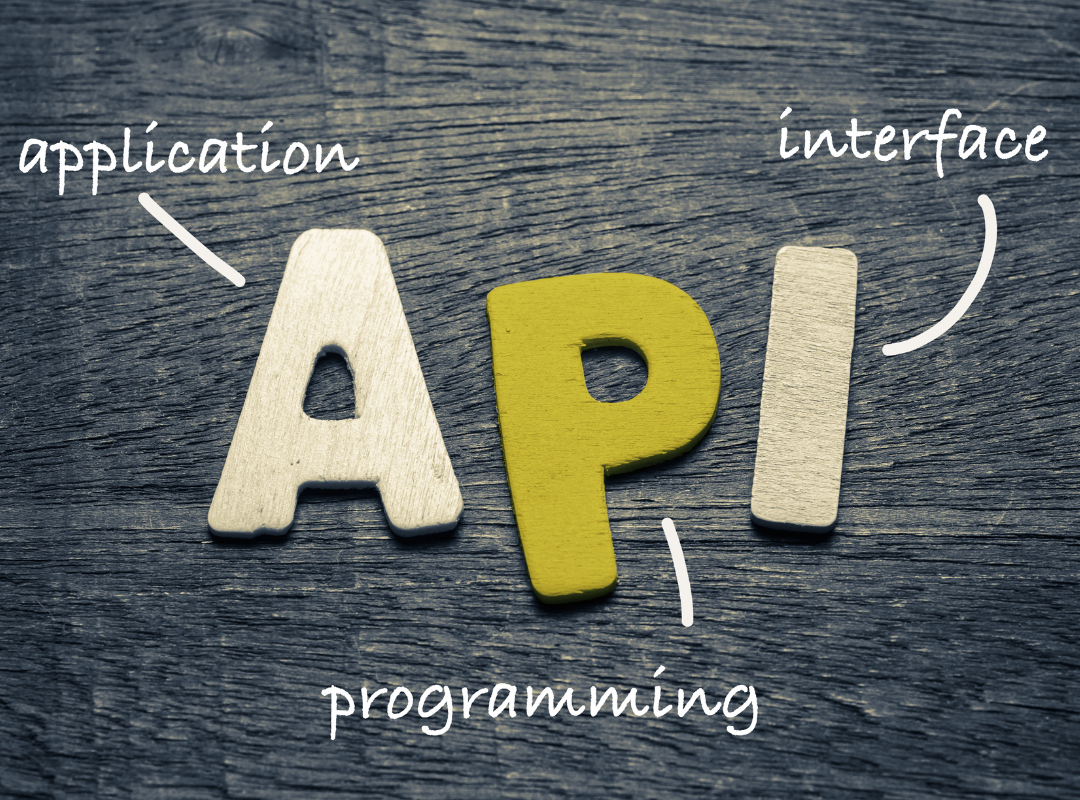A beginner's guide: What is an API?

Most of the developers of the Routinehub community probably already know the term, but if not, in this article you will learn about a very popular term when it comes to development. APIs (Application Programming Interfaces) are a set of tools and protocols that allow developers to create applications that interact with other systems. In this article, we are going to analyze in detail how APIs work, what types exist and why they are so important in the world of programming.
What is an API?
An API is an interface that allows different applications to communicate with each other. This means that an application can make a request to another application or service to get information or perform a specific action. For example, if you are browsing a travel website and want to know the weather at your destination, the travel application could send a request to a weather API to get updated information about the weather at that location.
APIs work through a set of protocols and standards that allow different applications to communicate with each other. APIs are usually designed to be independent of the programming language or operating system in which they are being used. This means that any application that can send and receive HTTP (Hypertext Transfer Protocol) requests can use an API.

How an API works
APIs work by using a set of rules and protocols that allow different applications to communicate with each other. This means that APIs are based on the client-server structure, where one application (the client) sends a request to another application (the server), which returns a response.
There are different types of requests that can be sent to an API, the most common being GET, POST, PUT and DELETE. These requests are used to send and receive different types of data, such as text, images, files and more.
Most APIs use JSON (JavaScript Object Notation) as the data exchange format. JSON is a lightweight, easy-to-read format that allows data to be transmitted efficiently over the web. Other common data interchange formats include XML (Extensible Markup Language) and CSV (Comma Separated Values).
Types of APIs
There are different types of APIs that are used in different applications and services. Some of the most common types include:
-
Web services APIs: These APIs use web protocols such as HTTP and XML to allow different applications to communicate with each other over the web. Web services APIs are very common in enterprise applications and management systems.
-
RESTful APIs: RESTful APIs (Representational State Transfer) are a type of API that uses HTTP and JSON to allow different applications to communicate with each other. RESTful APIs are very popular in web and mobile applications.
-
Database APIs: Database APIs allow different applications to access a database through a programmatic interface. These APIs are very common in enterprise applications and management systems.
Programming language APIs: Programming language APIs allow different applications to communicate with each other in a specific programming language. These APIs are very common in software development applications and open source platforms.
Why APIs are important
APIs are very important in the world of software development. programming for several reasons:
-
System integration: APIs enable the integration of systems and applications from different vendors. This means that developers can use different tools and services to create more complex and complete applications.
-
Agile development: APIs enable agile application development by allowing developers to focus on application functionality without having to worry about implementing additional functionality that may be provided by other applications.
-
Improved user experience: APIs enable the creation of richer and more personalized applications for the user. By using different services and data, developers can create more complete and customized applications that meet specific user needs.
-
Development efficiency: APIs allow developers to reuse existing code and services, which reduces development time and costs. This means that developers can focus on the most important and critical parts of the application, without having to spend time implementing additional functionality that is already available through an API.
-
Scalability: APIs enable scalability of applications and services. By allowing different applications to communicate with each other, APIs allow services to scale horizontally and be distributed across different servers and platforms.
In short, APIs are a critical tool in the development world. They enable system and application integration, agile application development, improved user experience, development efficiency and scalability of applications and services. With the growing demand for richer and more customized applications, APIs are more important than ever and will continue to be an essential tool in the future of programming.